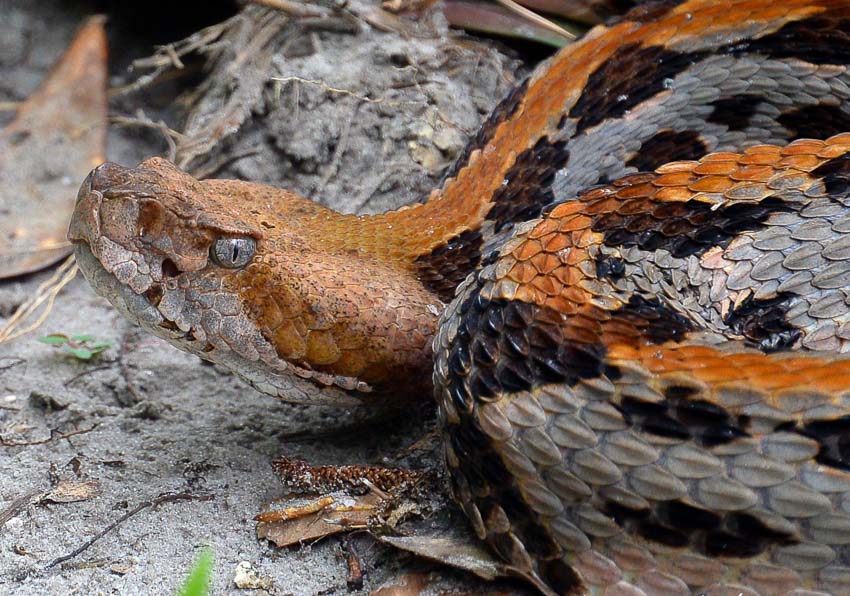Do you have snakes in your yard? They are known for their stealth, so that you could have them and not even know it. However, if you start seeing signs of their presence, it’s definitely time to act. Learn how to keep snakes away with these effective methods, including natural and non-natural solutions.
Identifying Snakes: A Key Step to Keep Them Away
You’ll find different species of snakes in various parts of the country, and identifying the most common species where you live is the first step in keeping them away.
Common Species in Residential Areas
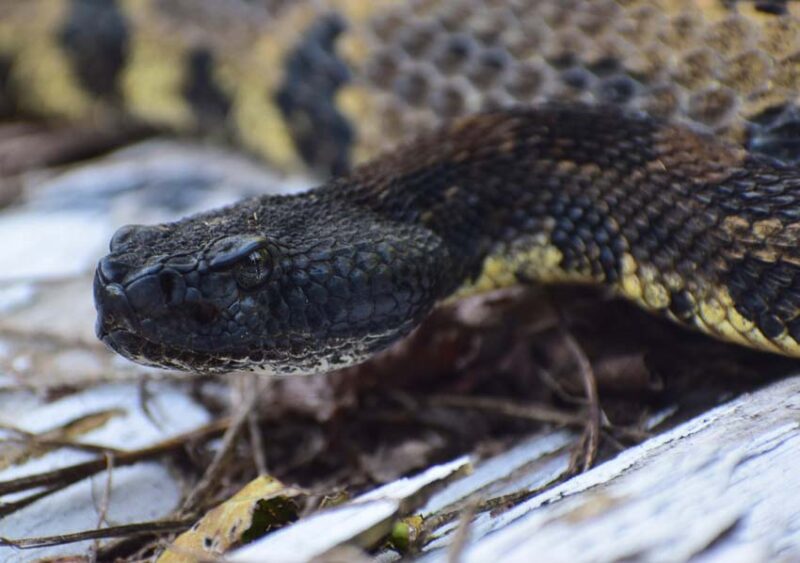
Every region of the United States has different snake species to watch out for, and some states have more than others. Texas has more than any other state, while Alaska famously has none.
Globally, there are over 3,500 species, and about 150 of those live in North America. Fortunately, over 90% of snakes in the United States are non-venomous, but the chances you’ll find some type in your yard are pretty high for most people.
They are more common in the southern parts of the United States. They are more likely to live in rural areas than in urban areas, and they are also more likely to live near a water source, such as a river, stream, lake, swamp, or pond.
Venomous Species in the US
Here are the most common venomous species to watch out for:
- Coral snake
- Eastern copperhead
- Eastern diamondback rattlesnake
- Eastern massasauga
- Prairie rattlesnake
- Pygmy rattlesnake
- Timber rattlesnake
- Western diamondback rattlesnake
Non-venomous Species in the US
Here are the most common non-venomous species:
- Black racer
- Black rat snake
- Brown snake
- Corn snake
- Eastern kingsnake
- Garter snake
- Ribbon snake
- Ringneck
- Rough green snake
- Scarlet snake
- Watersnakes
Recognizing Signs of Infestation
Seeing a snake or two here and there may not be a huge cause for concern unless you’re dealing with a particularly venomous type. On the other hand, seeing them in your house is disturbing, and having an infestation is even more alarming.
You’ll never see many of the snakes that live near your home because they are cautious and prefer to stay hidden. However, pay attention to the following signs because they could indicate an infestation.
Shedded Skins
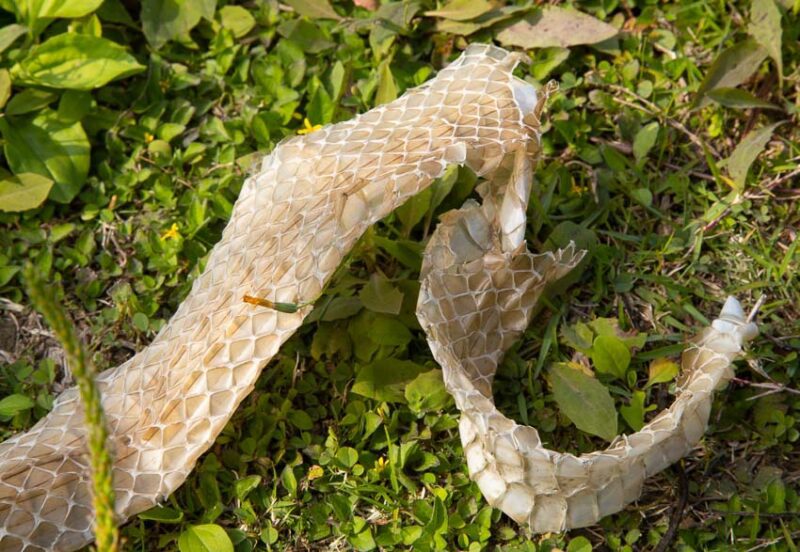
Many types of snakes shed their skins to grow bigger. Shedded skins can look scaly and translucent or dark and leathery. They often shed their skins in hiding places where they won’t be disturbed during molting.
Snake Tracks
Slithery tracks in the dirt are a sign of snakes. The tracks look different depending on the snake type and how they move. Watch for S-shaped, straight, side-winding, and accordion-style tracks.
Change in Rodent Population
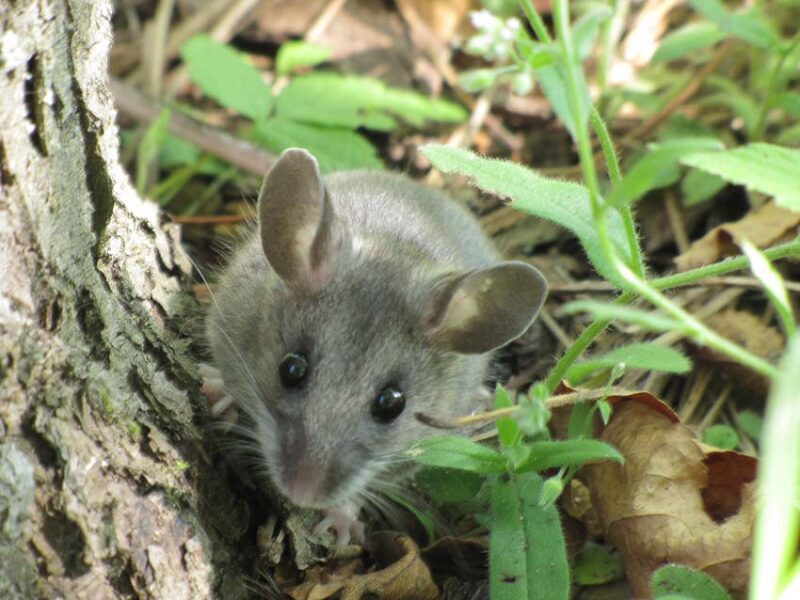
Rodents are important prey, and snakes are often attracted to your yard by rodents. If you notice a sudden drop in the rodent population in your home and yard, you probably have one preying on them.
Snake Droppings
Their feces is similar in appearance to bird droppings, but sometimes the hair and bones of their prey will show up in their droppings. Of course, larger ones have larger droppings.
Snake Holes
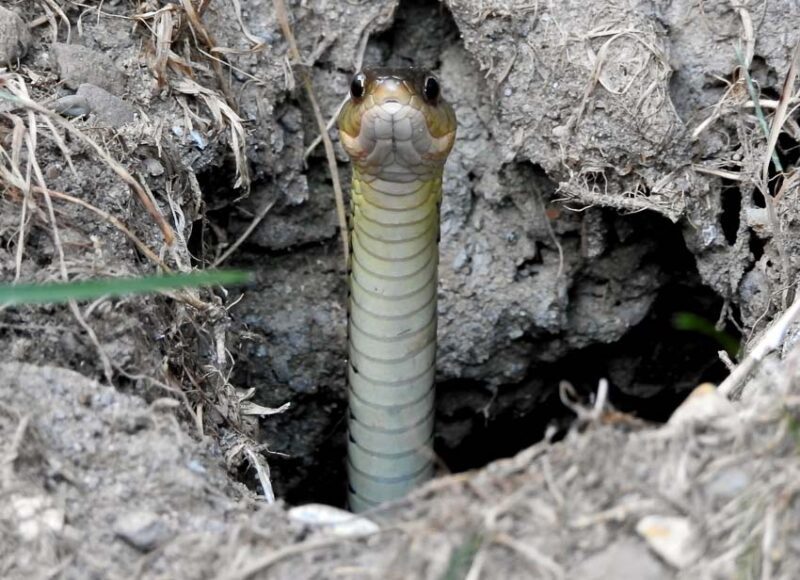
Snake holes are circular and smooth. If you find one in your yard, cover it with burlap or wire without disturbing it and set up a camera to watch for ones that go in and out.
Strange Smells
It could be a snake if you notice a gross, musky smell. It’s better to call an exterminator than to investigate if you smell a foul odor from a crawl space or attic in your home.
Hissing Sounds
Hissing sounds, like something out of Harry Potter, coming from the walls of your home or a cool, dark hiding place, could be the sounds of a male. The parts of your home most likely to be inhabited by snakes are the areas where you rarely go, like cellars, attics, and crawl spaces.
Effective Ways to Keep Snakes Away from Your Property
How do you keep snakes away from your property? They are attracted to your yard in search of food, shelter, and water. Discover the best ways to keep them away.
Regular Yard Clean-up and Maintenance
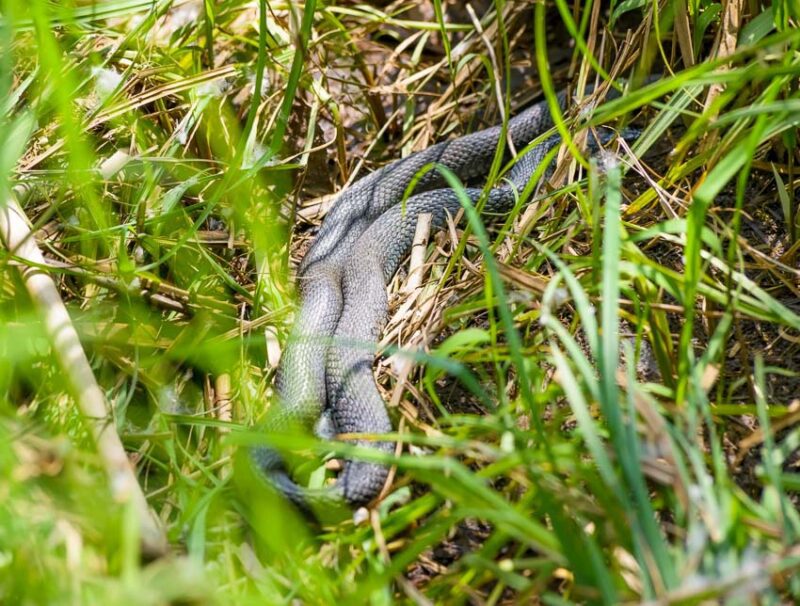
Keeping snakes away from your house starts with proper yard care practices. They like to hide in tall grass, so keeping your lawn mowed short will eliminate hiding places and make it more difficult for them to move around your yard unseen.
Remove piles of debris, and store woodpiles away from the house. Debris provides habitat and cover for them and encourages rodents, which are an attractive type of prey.
Standing water also attracts them. When it rains, water collects on tire swings, containers, and children’s toys, giving them a regular water source—drill holes in anything that collects water that needs to stay in your yard.
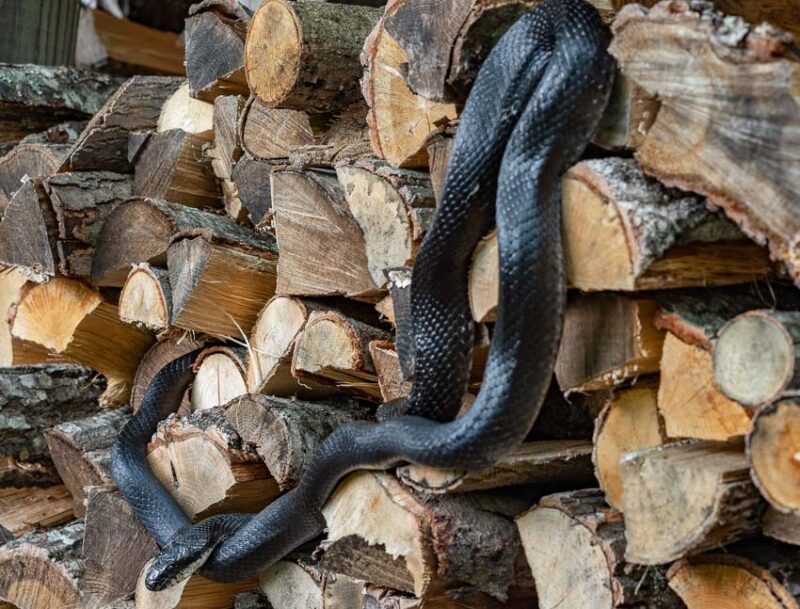
Another best practice to keep snakes away is eliminating food sources for pests that attract them. Pet food and bird feeders are two attractants that you can easily eliminate in your yard. Feed pets outdoors and move bird feeders to the edge of your property, or get rid of them altogether.
Use of Snake Repellents
Snakes have an amazing sense of smell. Their powerful sense of smell comes from their vomeronasal organ, or Jacobson’s organ, located just above the roof of their mouth. That’s why they flick their tongue in the air to capture scents.
Repellents can make your yard less alluring to them. Whether commercial products or natural repellents, they work by making them uncomfortable in your yard and more likely to stay away.
Like many pest control strategies, repellents work best as part of an integrated pest management approach. Using several methods to keep them away increases the likelihood that they will find your home unappealing.
Installing Fencing
Snake fencing is an effective strategy to keep them out of your yard. Most experts recommend that your fence be buried at least 6 to 10 inches below the ground to keep them from crawling underneath.
The most effective fences are made of 36” wide ¼” galvanized hardware cloth. While ½” hardware cloth will keep out most adult snakes, baby rattlesnakes can go through ½” holes and may not be able to return after eating.
Your fence line should be clear of plants and shrubbery since they will use plants to climb over a fence. Stake the fence into the ground at an angle so that it’s hard for them to climb up and over the fence.
Encouraging Predators
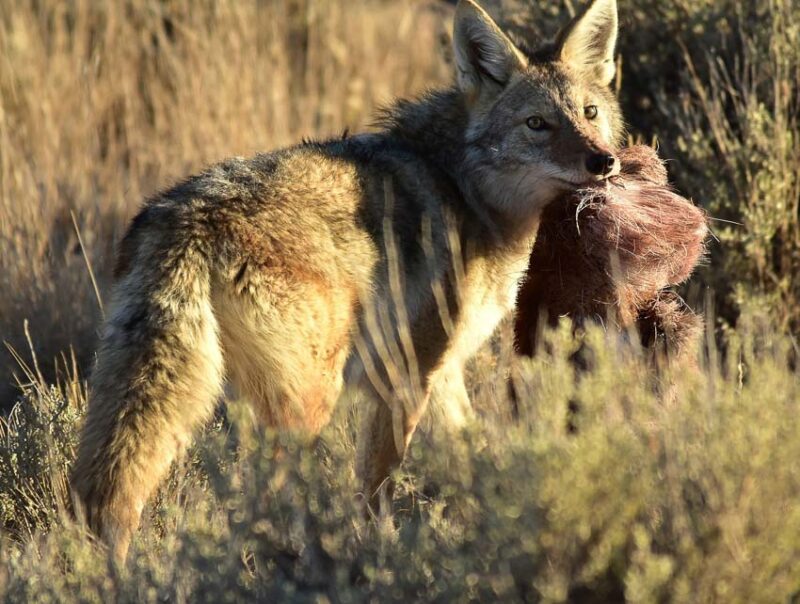
Biological pest management controls pest populations by introducing or encouraging natural predators. Most of these predators aren’t welcome in your yard, but they could be hunting them if you see them.
Here is a list of some animals in North America that eat snakes:
- Raptors
- Coyotes
- Badgers
- Wolverines
- Bobcats
- Crocodiles
Of these, the only ones that you really want to encourage are raptors, like owls and hawks. You can create a habitat for owls and hawks by building perches and nesting boxes on your property to make hunting easier for them in your yard.
Some people release kingsnakes on their property to control rattlesnakes. This is not recommended because relocating them can spread parasites, and many animals don’t survive relocation. Chances are good that if you have a rattlesnake problem, you already have kingsnakes on your property hunting them.
Natural Methods to Get Rid of Snakes
The best way to get rid of snakes is to keep your yard well-manicured, but you can also utilize natural methods like planting repellent plants and natural repellents to avoid attracting them to your yard.
Planting Repelling Plants
Many plants that they don’t like also repel other pests, like gophers, voles and moles, and insects like ticks and fleas. Some of these fragrant plants are also useful in other ways. They may have medicinal properties, attract beneficial pollinators, or make your yard smell good.
- Marigolds and their close cousin, the Mexican marigold
- Allium species, including garlic, onions, and chives
- Artemesia species, including wormwood, mugwort, and silver mound
- Herbs like basil, lavender, and lemongrass
- Drought-tolerant plants like snake plants, yucca, and pink Agapanthus
Use of Natural Snake Repellents
Natural repellents can be made at home or store-bought. Here are a few of the top homemade repellents.
- Garlic and onions–the sulfonic acid in garlic and onions keeps snakes away.
- Ammonia–like many other pests, ammonia-soaked rags will repel them.
- Vinegar–can be sprayed on the ground around the perimeter of your pools and ponds to repel them.
- Lime and cayenne pepper–spray a mixture of lime juice and cayenne pepper to repel snakes.
Utilizing Essential Oils
Clove, peppermint, and cinnamon essential oils are some of the best natural repellents to keep them away. They will not harm your pets or children but have a strong enough scent to deter them. They are also effective on many other types of pests, including termites, fleas, and ticks.
Explore tips on how to get rid of mosquitoes!
Non-Natural Methods to Get Rid of Snakes
There are many non-toxic commercial repellents available that you can use to make your home and yard a safe space. When natural ways to get rid of snakes don’t work, you may need to hire a professional for removal.
Commercial Snake Repellents
There are many nontoxic commercial snake repellents available. Mothballs contain a high concentration of naphthalene and are not recommended because they are poisonous to children and pets.
Sulfur Repellents
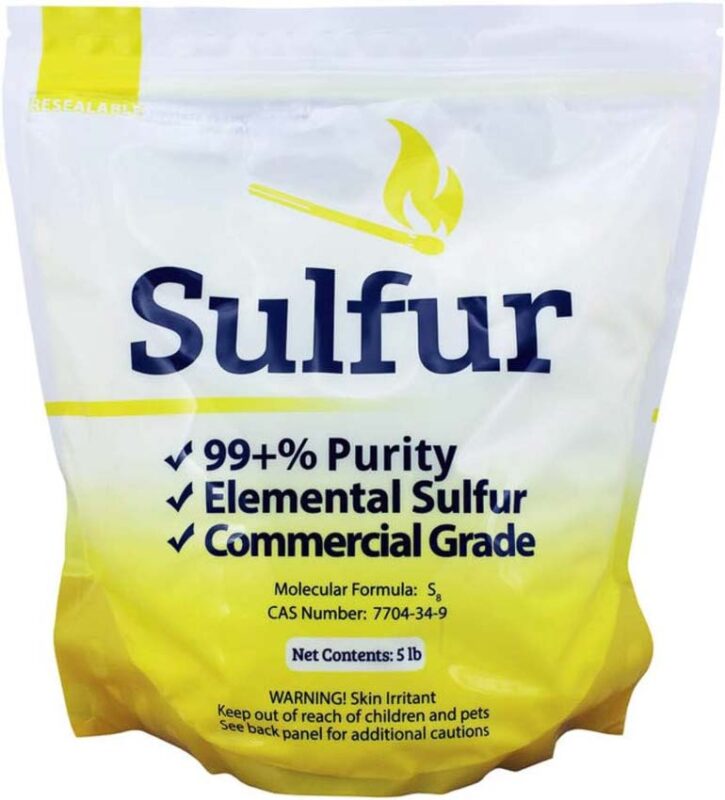
Powdered sulfur works by irritating snakes’ skins. You can apply the powder in your yard or wherever you see them, and it also works as a soil amendment to reduce the pH. Try these products that contain sulfur as a main ingredient:
Other Non-toxic Repellents
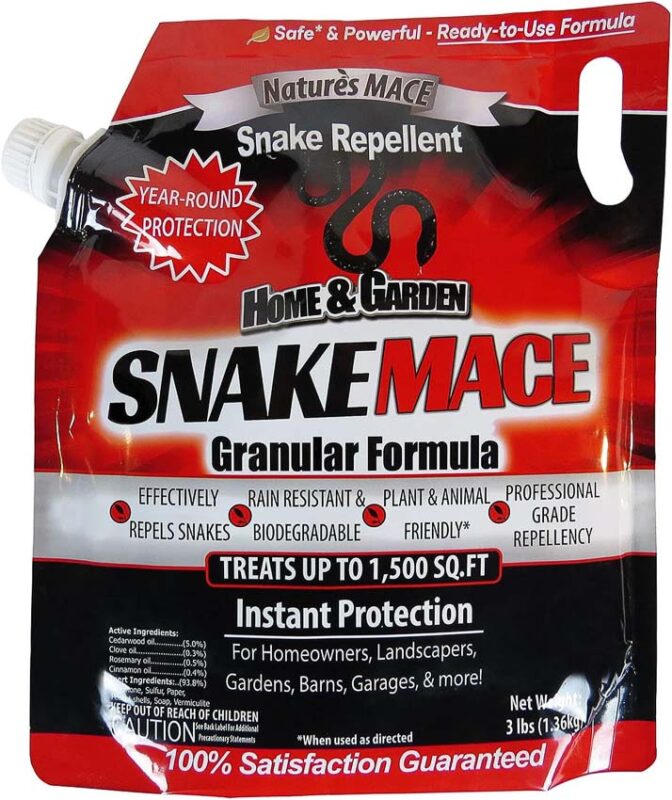
One thing to consider when using snake repellents is not to “fence” them in. Repellents work great by preventing snakes from entering your property, but you must offer them an escape route.
- Ortho Snake B Gon1 – Snake Repellent Granules
- Liquid Fence Snake Repellent Granules
- Nature’s Snake Mace Granules
Contact professional services when home remedies don’t work or when you need immediate snake removal. In some locations, you can also contact animal control agencies or local police or fire departments to assist you with snake removal.
Professional Snake Removal Services
Professional pest exterminators can help you with a long-term plan to keep snakes away and prevent them from returning. Professionals often have access to better chemicals and repellents than homeowners do.
Frequently Asked Questions About How to Keep Snakes Away
What attracts snakes to a yard?
They are attracted to your yard if it has adequate food, shelter, and water. They will follow rodents into your home, so it’s important to seal off entry points and get rid of rats and mice in your yard to keep snakes away.
What are some effective natural repellents?
All animals have scents that they dislike because one of the main evolutionary functions of the sense of smell is identifying dangers. Essential oils, garlic and onions, ammonia, and vinegar are some of the most effective natural repellents.
How dangerous is it to have them in my yard?
Unless you have venomous species, they aren’t dangerous in your yard. Many species don’t present any dangers to humans. However, if you live where poisonous snakes are common, they are a valid concern, and you should try to keep them out of your yard.
How can I tell if there are snakes in my yard?
You may see snakes in your yard, but they like to stay hidden to protect themselves from danger. Watch for signs of their presence, including shedded skins, slithering tracks, and strange smells from enclosed spaces.
Do professional snake removal services work?
Professional pest control is a good choice if you notice signs of snakes in your home and yard. Getting rid of snakes can be difficult, and if you’re dealing with a venomous species, it can be dangerous, so it’s best not to try it alone.

